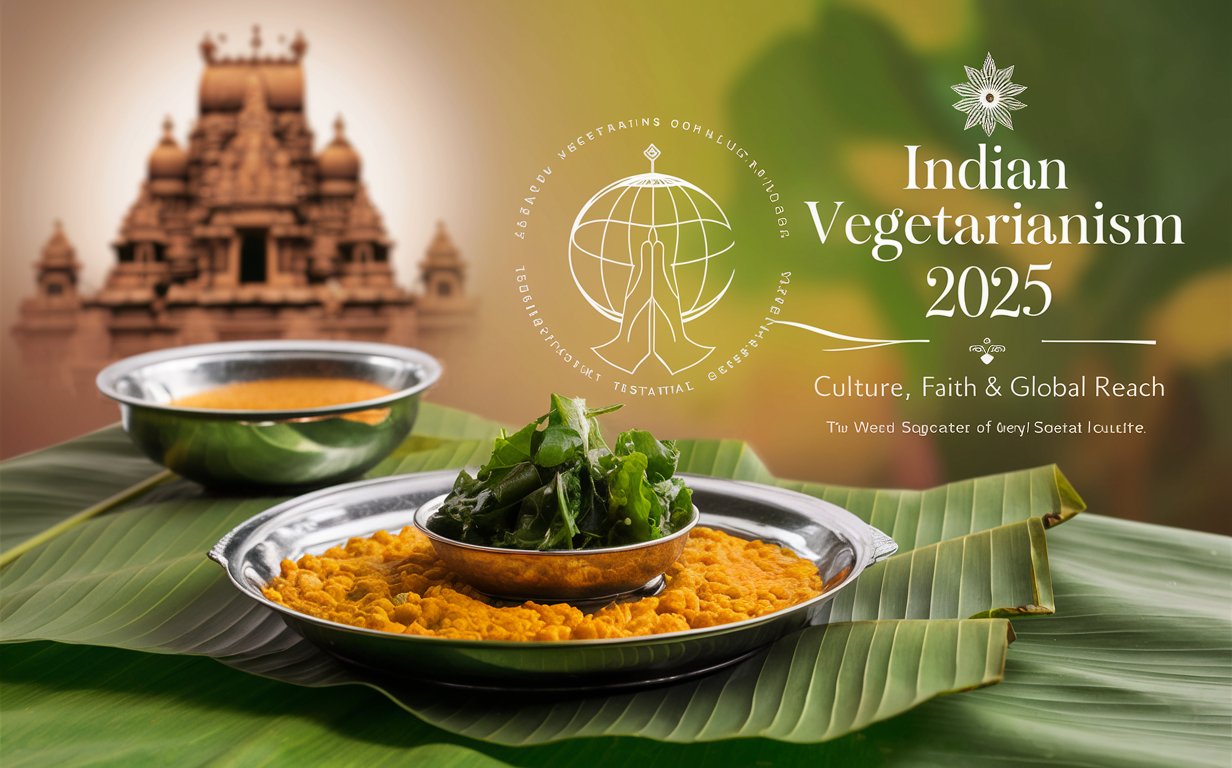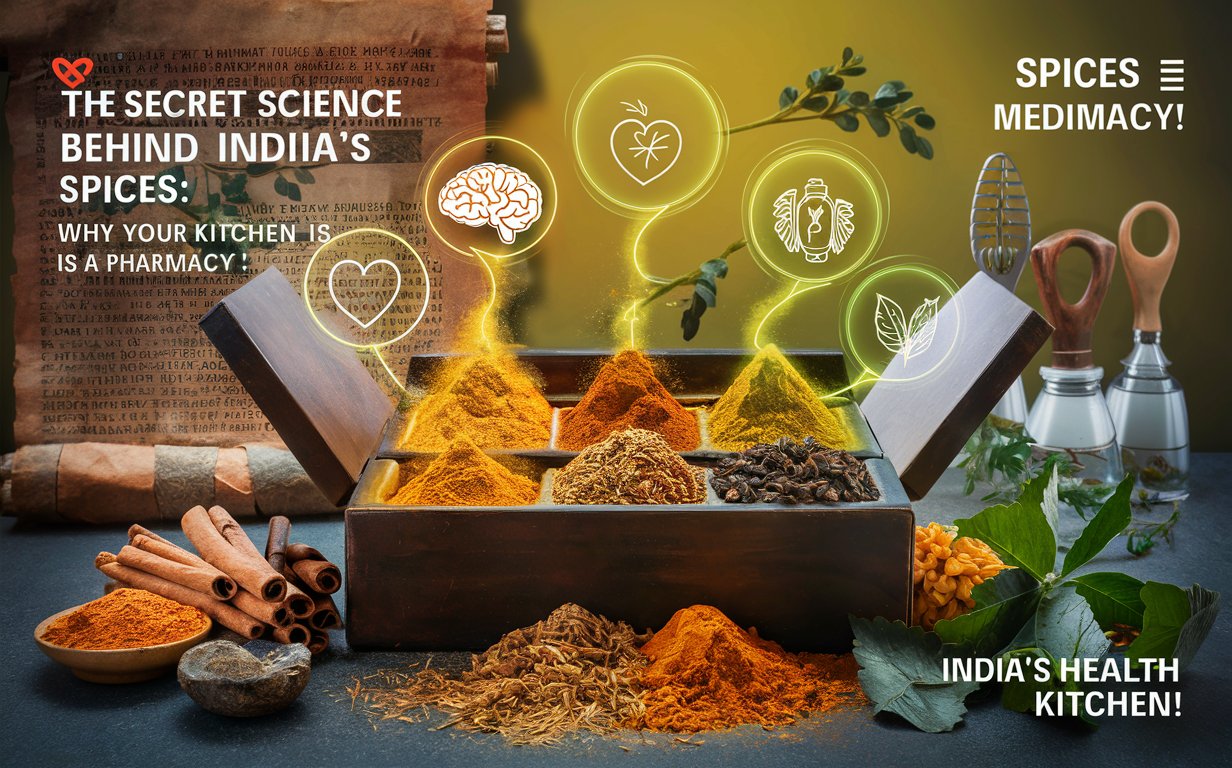Make Masale Bhaat At Home In Easy Way | Masale Bhaat Recipe
Masale Bhaat, a quintessential Maharashtrian dish, is a vibrant, spicy rice preparation that embodies the essence of traditional Indian cooking. This article explores Masale Bhaat in depth, from its ingredients and preparation to its variations and cultural significance.

What is Masale Bhaat?
Masale Bhaat is a popular Maharashtrian rice dish that combines aromatic spices with vegetables and rice. The term "Masale" refers to the spices used in the dish, and "Bhaat" means rice. Together, Masale Bhaat represents a flavorful and hearty meal that is both satisfying and rich in taste.
Origins and History of Masale Bhaat
Masale Bhaat has its roots deeply embedded in Maharashtrian cuisine, a regional cuisine from the state of Maharashtra in India. The dish is traditionally made during festivals, family gatherings, and special occasions, showcasing the rich culinary heritage of the region.
Key Ingredients in Masale Bhaat
To make Masale Bhaat, several key ingredients are essential:
- Rice: The primary ingredient, typically basmati or long-grain rice, provides the base for the dish.
- Vegetables: Common vegetables include potatoes, carrots, green beans, and peas, which add texture and nutrition.
- Masala (Spice Mix): A special blend of spices like turmeric, coriander, cumin, and garam masala gives Masale Bhaat its distinctive flavor.
- Tomatoes and Onions: These are used to create a rich and tangy base for the dish.
- Coconut: Fresh or desiccated coconut adds a unique sweetness and richness to the dish.
- Coriander and Lemon: For garnishing, these ingredients add freshness and a tangy kick.
Preparation of Masale Bhaat
The preparation of Masale Bhaat involves several steps, each contributing to the dish's rich flavor profile. Here’s a step-by-step guide to making Masale Bhaat:
- Preparing the Masala: Start by heating oil in a pan and sautéing onions until golden brown. Add tomatoes and cook until they break down. Then, add the spice mix (Masala) and cook for a few minutes until fragrant.
- Adding Vegetables: Incorporate chopped vegetables and cook until they begin to soften. You can choose different vegetables depending on what you like and what’s available.
- Mixing Rice and Coconut: Add washed rice and grated coconut to the pan. Mix thoroughly to ensure all the ingredients are evenly combined.
- Cooking the Dish: Pour in water, cover, and cook the rice and vegetables until the rice is tender and the flavors are well blended.
- Garnishing: Finish the dish with fresh coriander leaves and a squeeze of lemon juice to enhance the flavors.
Variations of Masale Bhaat
Masale Bhaat can be customized in various ways, depending on regional preferences and personal taste. Here are some popular variations:
- Khandeshi Masale Bhaat: This version incorporates a unique blend of spices specific to the Khandesh region of Maharashtra, adding a distinctive flavor.
- Kolhapuri Masale Bhaat: Known for its extra spiciness, this variation includes Kolhapuri Masala, which gives the dish a fiery kick.
- Vegetarian Masale Bhaat: A version without onions or garlic, making it suitable for those following a strict vegetarian diet.
Health Benefits of Masale Bhaat
Masale Bhaat offers several health benefits, thanks to its nutritious ingredients:
- Rich in Vitamins and Minerals: The vegetables used in Masale Bhaat provide essential vitamins and minerals, supporting overall health.
- High Fiber Content: The dish's vegetable content contributes to a high fiber diet, which aids in digestion.
- Spice Benefits: Spices like turmeric and cumin have anti-inflammatory properties and can boost the immune system.
Cultural Significance of Masale Bhaat
Masale Bhaat holds a special place in Maharashtrian cuisine and culture. It is not just a dish but a representation of the region's culinary traditions and communal eating practices. Often prepared for festivals like Ganesh Chaturthi and Diwali, Masale Bhaat reflects the hospitality and warmth of Maharashtrian culture.
Masale Bhaat in Popular Culture
Masale Bhaat has gained popularity beyond Maharashtra, with many Indian restaurants and food blogs featuring this delectable dish. Its appeal lies in its vibrant flavors and the comfort it provides, making it a favorite among food enthusiasts.
How to Serve Masale Bhaat
Masale Bhaat is typically served with various accompaniments that complement its flavors:
- Raita: A cooling yogurt-based side dish that balances the spiciness of Masale Bhaat.
- Papad: Crispy, thin lentil wafers that add a crunchy texture.
- Pickle: A tangy and spicy pickle that enhances the overall flavor profile.
- Chutney: Fresh coconut or coriander chutney can add an extra layer of flavor.
Tips for Making the Perfect Masale Bhaat
- Use Fresh Spices: For the most authentic flavor, use freshly ground spices in your Masale Bhaat.
- Balance the Spices: Adjust the spice levels according to your taste preferences to ensure the dish is neither too spicy nor too bland.
- Cook the Rice Properly: Ensure the rice is cooked until tender but not mushy, maintaining a good texture.
Masale Bhaat: A Culinary Adventure
Embarking on a culinary adventure with Masale Bhaat offers a glimpse into the rich flavors and traditions of Maharashtrian cuisine. The dish's blend of spices, vegetables, and rice creates a harmonious and satisfying meal that reflects the vibrant food culture of Maharashtra.
In conclusion, Masale Bhaat is more than just a rice dish; it is a celebration of flavor and tradition. Its unique blend of spices, nutritious ingredients, and cultural significance make it a beloved dish in Maharashtrian homes and beyond. Whether you’re preparing it for a special occasion or as a comforting everyday meal, Masale Bhaat promises to deliver a delightful and flavorful experience.



Post Comment